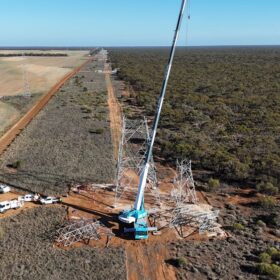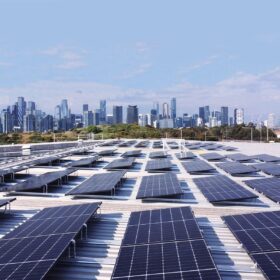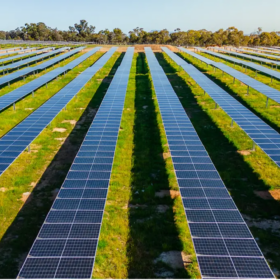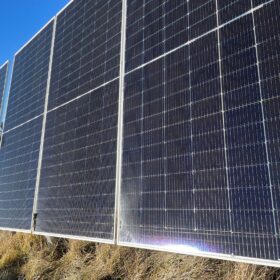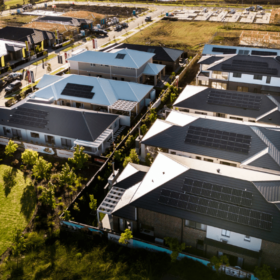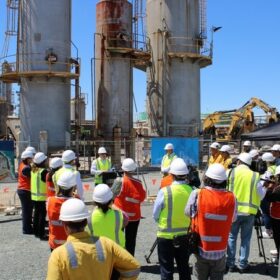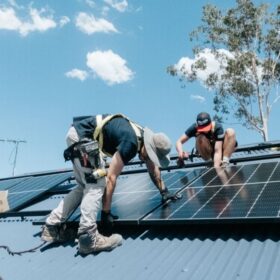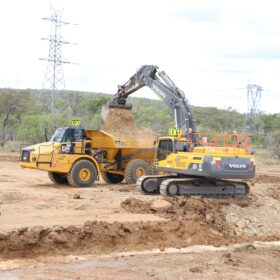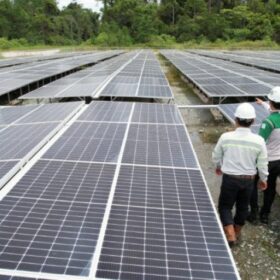Transgrid raises remote REZs as part of energy transition vision
New South Wales power grid owner Transgrid has pinpointed a trio of sites in the state’s far west that could host remote renewable energy zones that it said could help address the challenges posed by an energy transition that it is in “vertical take-off.”
VEPC pushes for new policy to support C&I rooftop solar sector
The Victoria Energy Policy Centre has issued a call for new policy to drive the deployment of large-scale rooftop solar backed by batteries on Australia’s commercial and industrial properties not just for self-consumption but also so power can be exported to the grid at times of peak demand.
Renewables must ramp up to 126 GW by 2030 to reach net zero by 2050, says BNEF
Australia can still achieve a net-zero energy transformation by 2050, in line with the Paris climate agreement, but new analysis from Bloomberg New Energy Finance shows there is no time to waste with a rapid scaling up of investment in solar, wind and energy storage required.
Acen secures IPC approval for 1.2 GW solar and battery project
Acen Australia’s plan to develop a 600 MW solar farm and 600 MW / 1,200 MWh battery energy storage system in central west New South Wales has received a major boost with the state’s Independent Planning Commission giving its tick of approval.
Net Zero power shift hinges on consumer and distribution energy resources: report
A rapid uptake of consumer and distribution energy resources in Australia sets the stage for their role in the transition but if legacy operating systems don’t keep up the pace they risk falling short of delivering their potential, a new report finds.
26 GW green hydrogen hub among trio awarded major project status
A proposal to build a renewable energy hydrogen project including 26 GW of solar and wind capacity in Western Australia’s Pilbara region is to benefit from a streamlined approvals process after it was awarded major project status by the federal government.
Victorian rooftop solar uptake exceeds five million panels and 2 GW of power
Uptake of Victorian rooftop solar rebates sees five million individual solar panels installed across the state, doubling the output of the brown coal Yallourn power station to generate 2 GW of power to date.
Stanwell powers ahead with 1,200 MWh battery project
Construction has commenced on a 300 MW / 1,200 MWh battery energy storage system being built alongside the coal-fired Stanwell Power Station in central Queensland as the state government looks to scale up energy storage capacity to support the transition to renewables.
Indonesia relaxes local content rules for solar projects
Indonesia has moved to ease local content requirements for electricity infrastructure projects, including solar power plants, in a bid to attract more foreign capital and drive the development of renewable energy projects.
ENA pushes for local grid to play bigger role in energy transition
New modelling suggests that changing the way we use Australia’s existing electricity sub-transmission and distribution grid could unlock 5 GW of additional rooftop solar, an extra 7 GW of front-of-meter generation, and 5 GW of additional distribution-connected battery energy storage by 2030.
